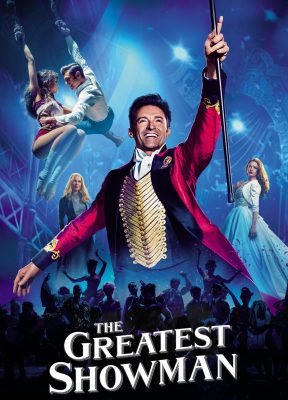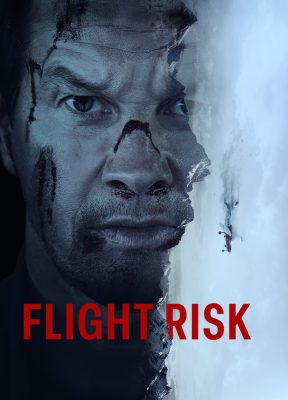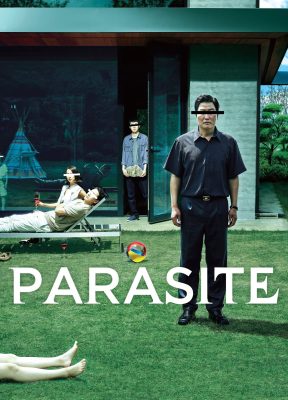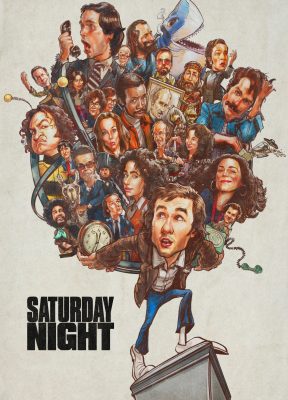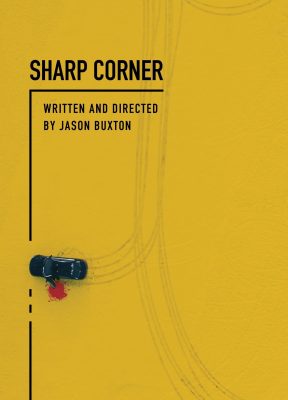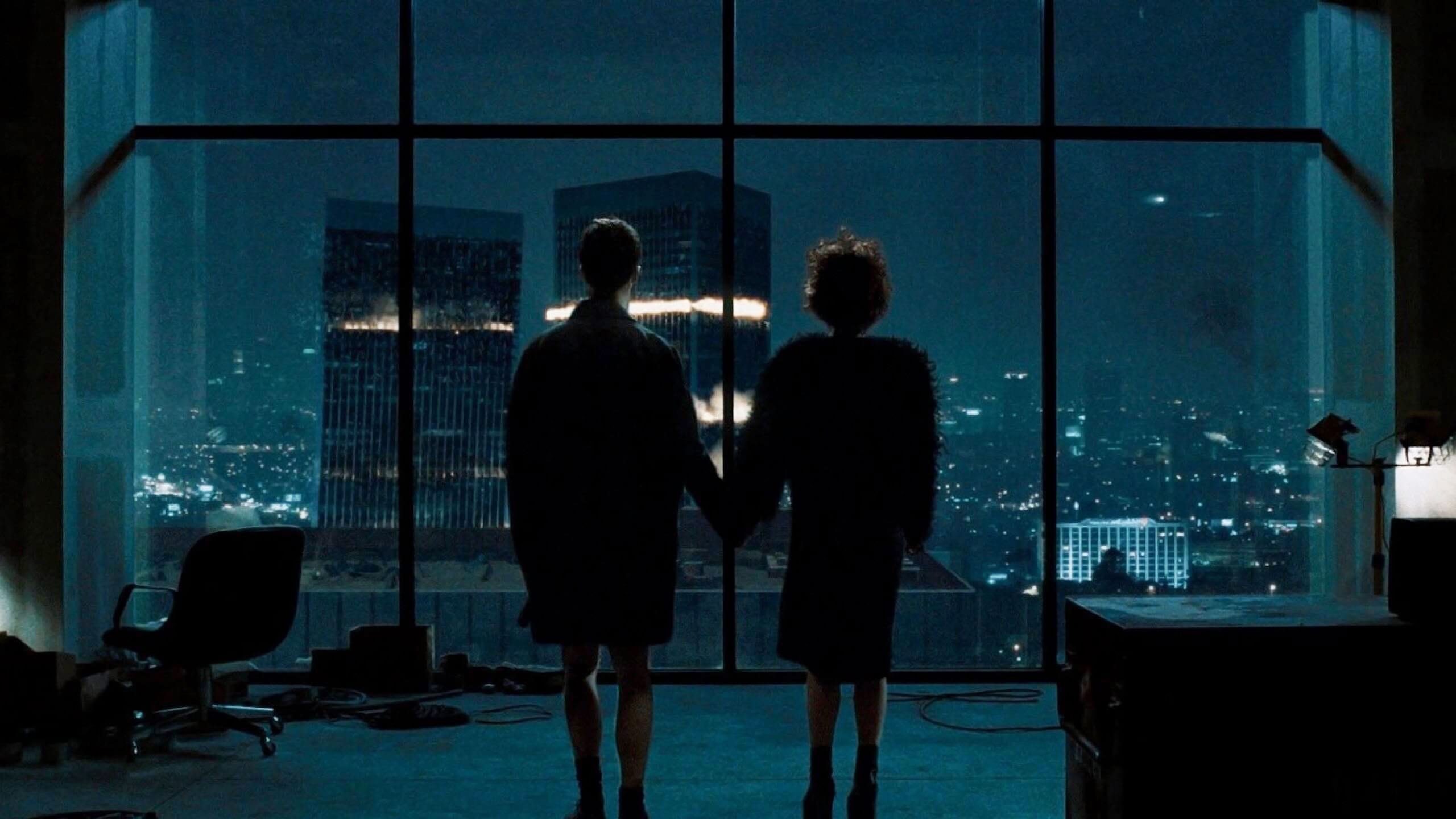
Top 10 Movies With the Most Satisfying Endings
A great film lingers in the mind long after the credits roll, and nothing cements its legacy like a powerful ending. A satisfying conclusion can elevate a good story to a masterpiece, tying together themes, resolving character arcs, and leaving audiences with a visceral emotional response—whether it’s joy, catharsis, or haunting contemplation. Below, we explore ten films whose final scenes are not just memorable but perfect, delivering closure, twists, or emotional punches that redefine the entire narrative.
(Spoiler warning: Key plot details and endings are discussed.)
1. The Usual Suspects (1995)
Director: Bryan Singer
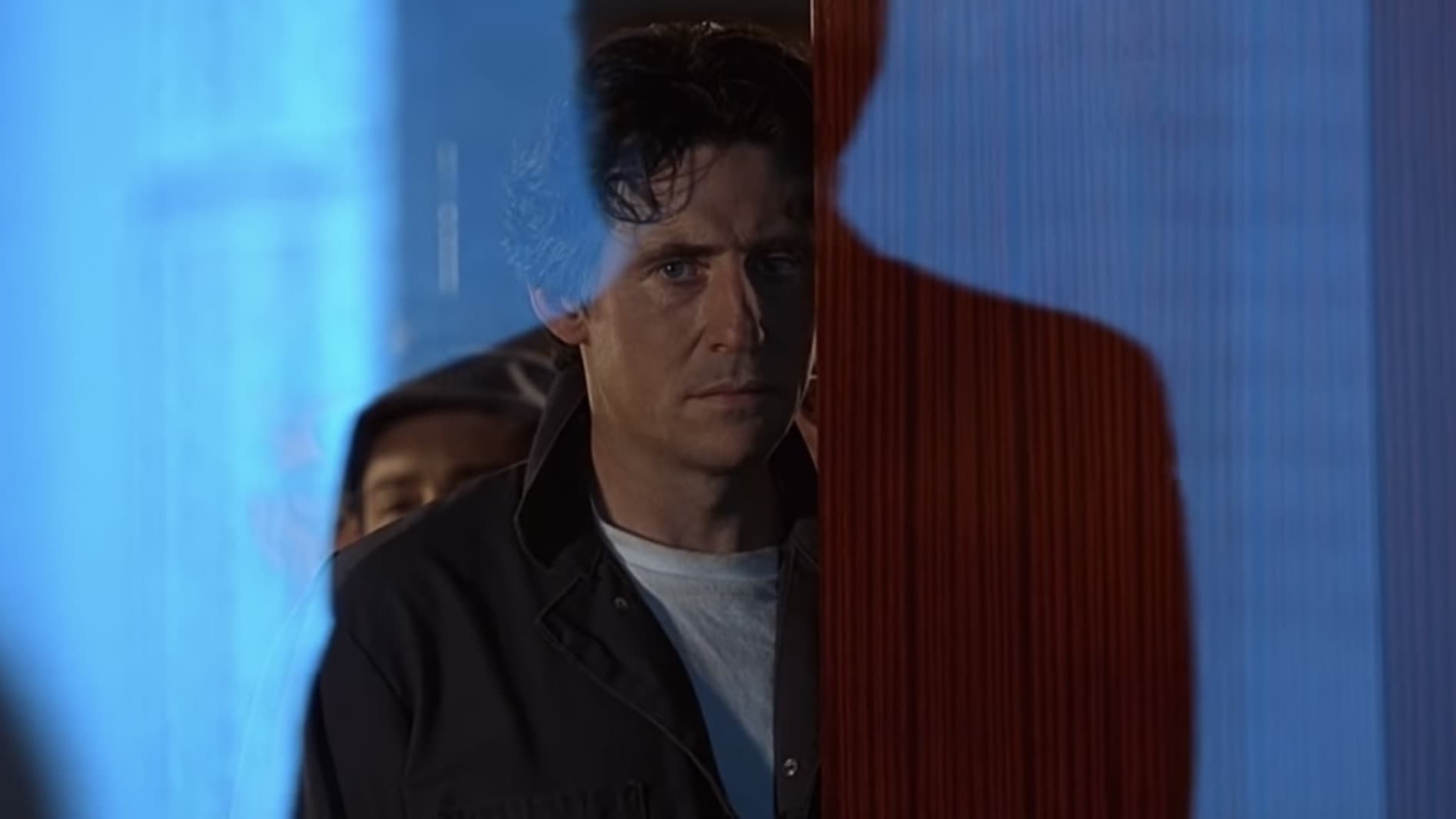
The Ending: Verbal Kint (Kevin Spacey) limps away from the police station, his story of crime lord Keyser Söze dissolving into myth—until the cop realizes the entire tale was fabricated. As Verbal’s limp disappears and he transforms into Söze himself, the audience is left reeling.
Why It Works: Few twists are as audacious or meticulously constructed. The film’s nonlinear storytelling plants clues in plain sight, rewarding repeat viewings. The final reveal—that the unassuming narrator is the villain—subverts expectations while making terrifying sense. It’s a masterclass in unreliable narration, proving that the truth is often hiding in the details.
2. Inception (2010)
Director: Christopher Nolan
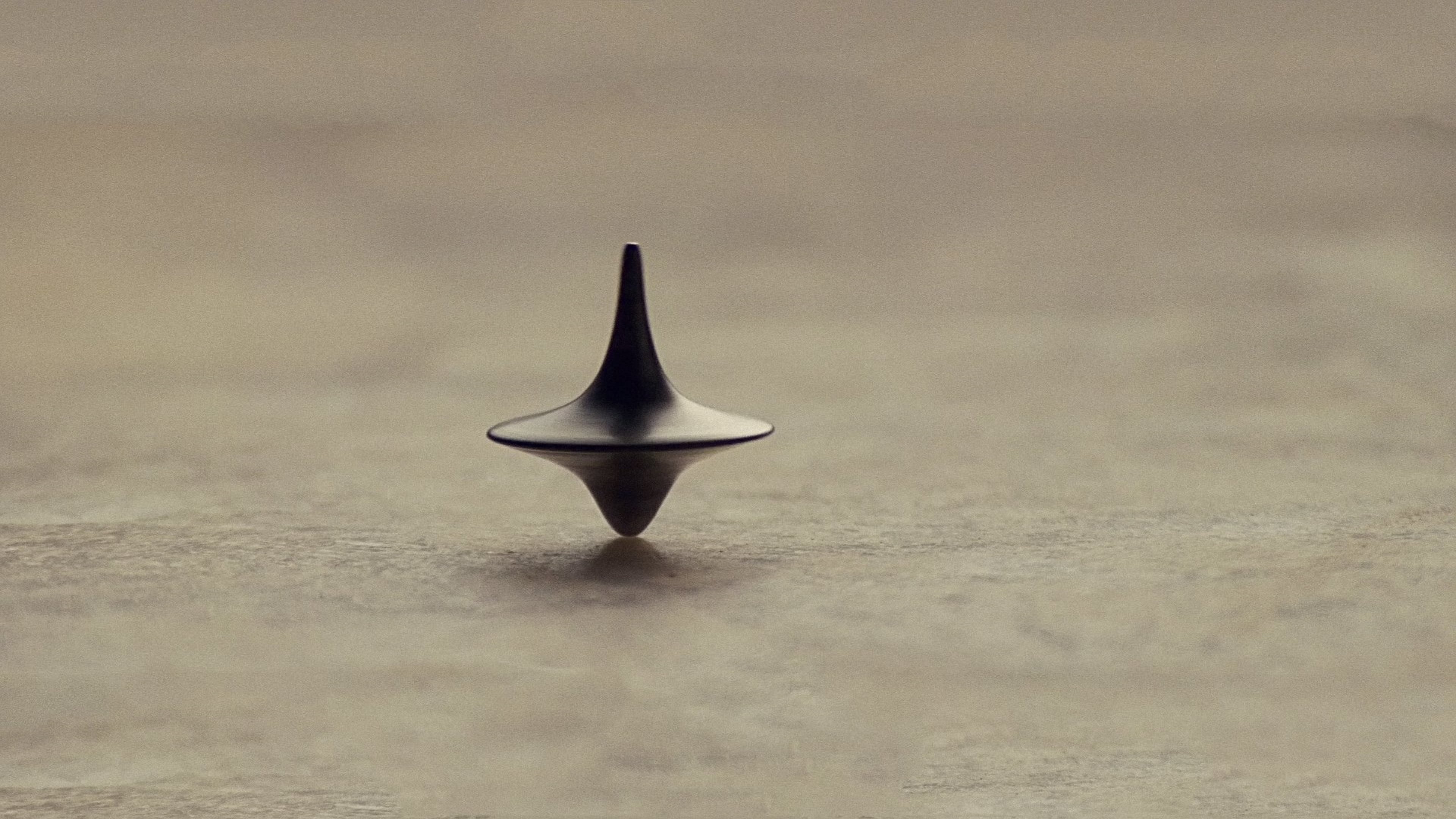
The Ending: Dom Cobb (Leonardo DiCaprio) finally reunites with his children but leaves his spinning totem wobbling—unanswered—on the table. Is he still in a dream?
Why It Works: Nolan’s cerebral heist film thrives on ambiguity. The ending isn’t about whether the top falls but whether Cobb cares. After years of guilt over his wife’s death, he chooses to embrace reality (or the illusion of it). The unresolved totem invites debate, but the emotional closure—Cobb walking away from the spinning top—suggests he’s found peace.
3. The Shawshank Redemption (1994)
Director: Frank Darabont
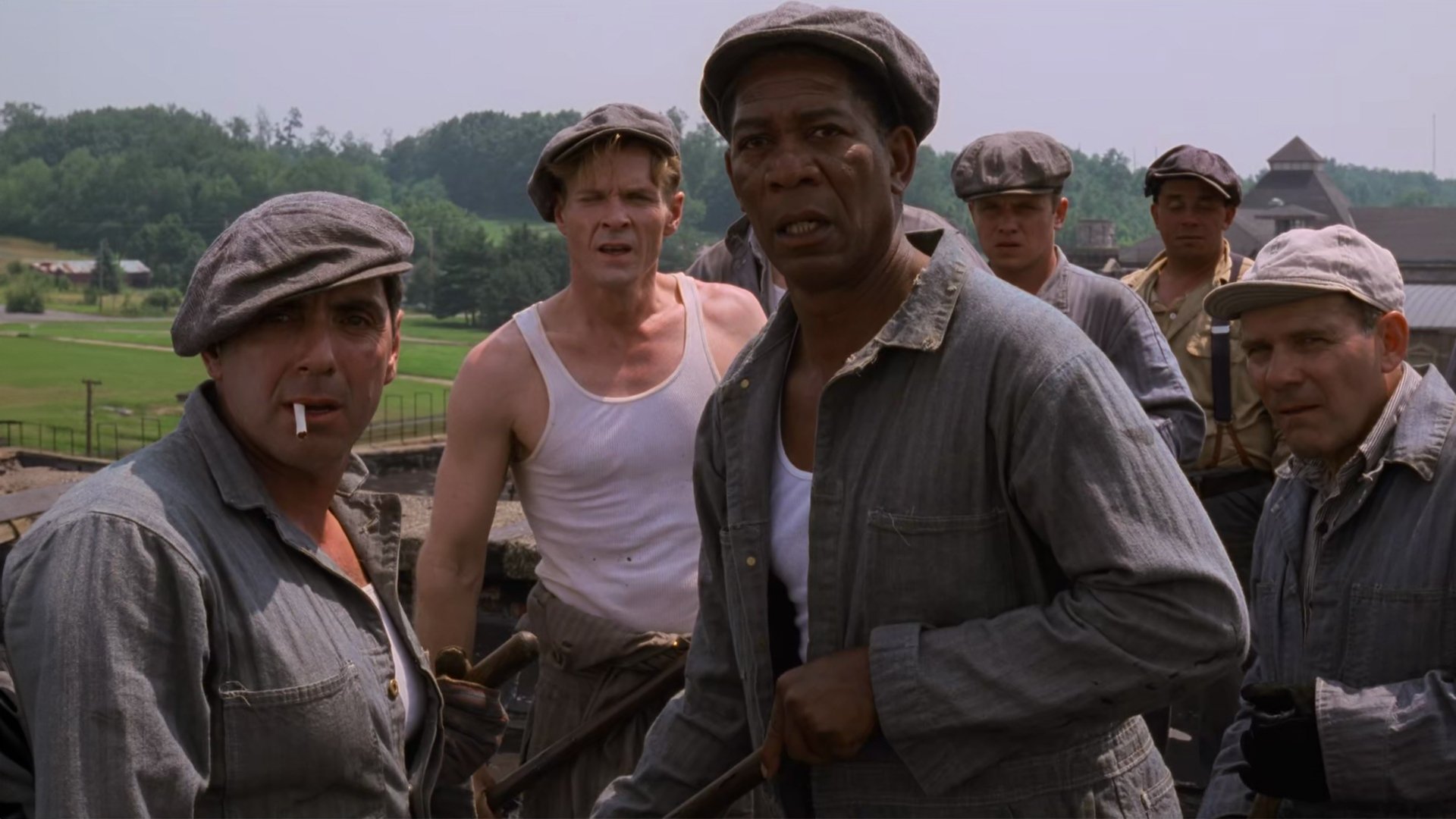
The Ending: Andy Dufresne (Tim Robbins) escapes Shawshank Prison, and Red (Morgan Freeman) finds hope in a sun-drenched Zihuatanejo beach reunion.
Why It Works: After two hours of suffering, injustice, and quiet resilience, the ending delivers pure catharsis. Andy’s letter—“Get busy living, or get busy dying”—epitomizes the film’s themes of hope and freedom. Red’s journey from institutionalization to redemption mirrors Andy’s, culminating in a hug that feels earned and deeply human.
4. The Sixth Sense (1999)
Director: M. Night Shyamalan
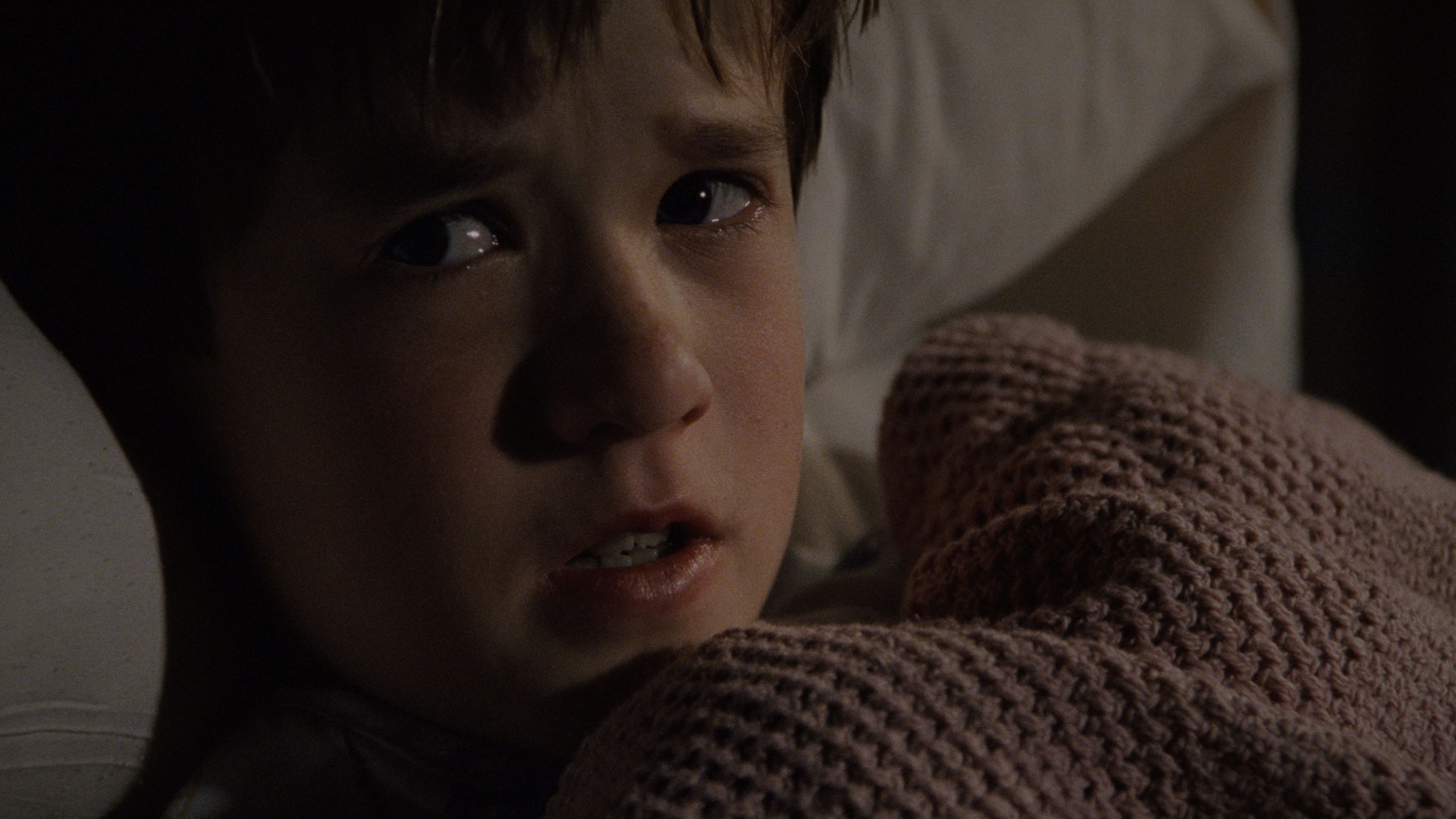
The Ending: “I see dead people” takes on a new meaning when Dr. Malcolm Crowe (Bruce Willis) realizes he is the ghost—a twist hidden in plain sight.
Why It Works: Shyamalan’s breakout film hinges on a twist that reframes every prior interaction. The revelation isn’t just clever; it’s heartbreaking. Malcolm’s final conversation with his wife, where she whispers, “You were never second,” resolves his arc of guilt and love. The ending balances shock with emotional payoff, making it unforgettable.
5. Casablanca (1942)
Director: Michael Curtiz

The Ending: Rick (Humphrey Bogart) sacrifices his love for Ilsa (Ingrid Bergman), sending her away with resistance leader Victor Laszlo. “We’ll always have Paris,” he says, before walking into the fog with Captain Renault.
Why It Works: In a world torn by war, Rick’s selflessness transforms him from a cynical loner to a hero. The bittersweet farewell—set to As Time Goes By—elevates romance into a moral act. The final line (“Louis, I think this is the beginning of a beautiful friendship”) hints at hope amid chaos, cementing Casablanca as the ultimate cinematic paradox: a perfect, imperfect ending.
6. Fight Club (1999)
Director: David Fincher

The Ending: The Narrator (Edward Norton) shoots his alter ego, Tyler Durden (Brad Pitt), and watches skyscrapers collapse as Pixies’ Where Is My Mind swells. “You met me at a very strange time in my life,” he tells Marla.
Why It Works: Fincher’s nihilistic satire concludes with the Narrator rejecting toxic masculinity and consumerism. The destruction of credit card buildings symbolizes rebirth, while holding Marla’s hand suggests genuine connection. It’s chaotic, poetic, and oddly hopeful—a countercultural anthem for the ages.
7. Whiplash (2014)
Director: Damien Chazelle
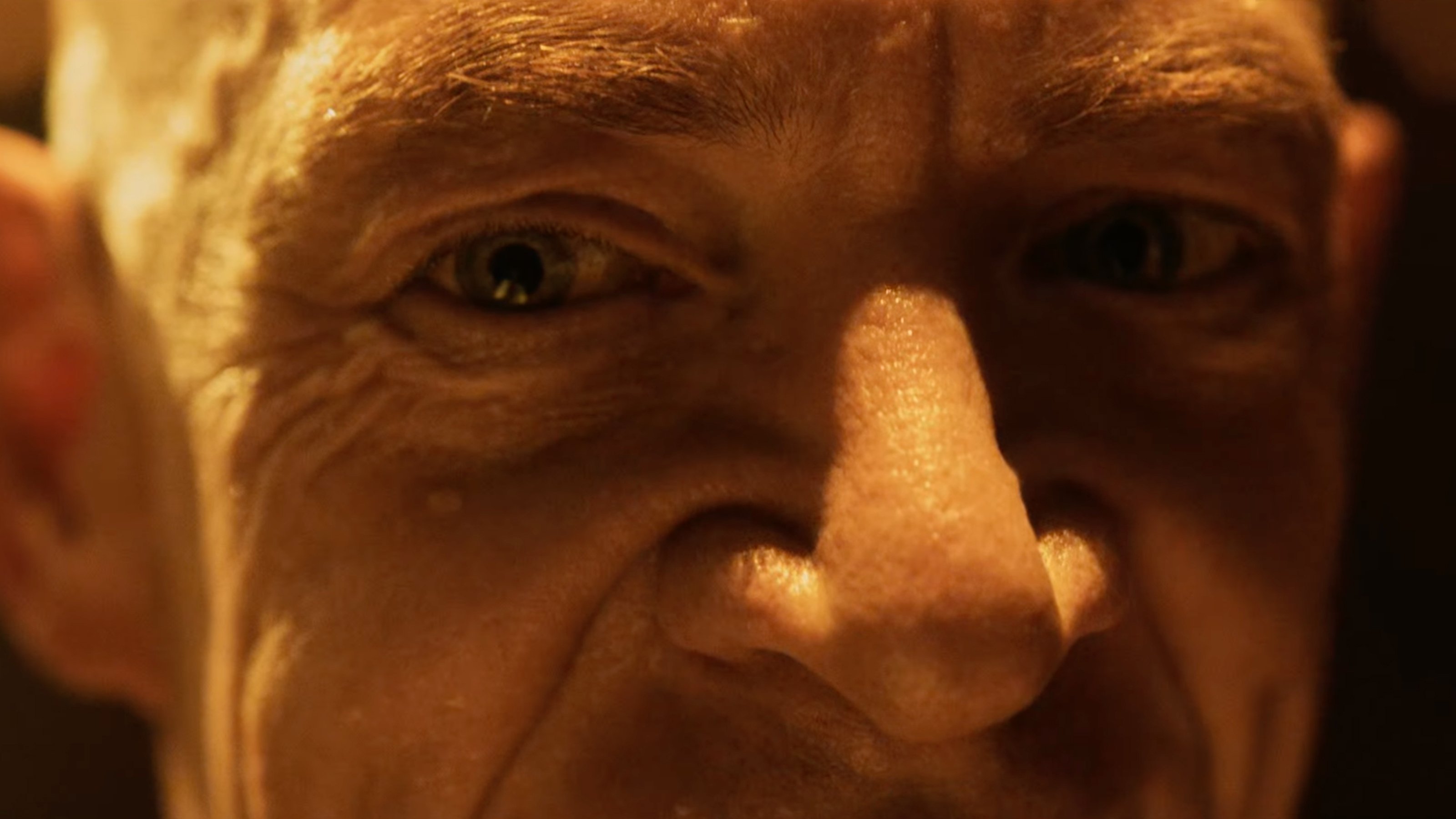
The Ending: Andrew (Miles Teller) defies abusive instructor Fletcher (J.K. Simmons) by launching into an explosive drum solo, earning a nod of respect.
Why It Works: Chazelle’s finale is a crescendo of obsession and ambition. Andrew’s performance isn’t a triumph but a Faustian bargain—he achieves greatness by embracing Fletcher’s brutality. The haunting final exchange (“Good job”) leaves us questioning the cost of art. It’s thrilling, ambiguous, and utterly unforgettable.
8. Parasite (2019)
Director: Bong Joon-ho

The Ending: The Kim family’s plan unravels in a violent class-war massacre. In a letter, Ki-woo dreams of buying the house to reunite with his father, who’s trapped in a basement.
Why It Works: Parasite’s ending is a gut-punch of irony and despair. The Kims’ scheming exposes systemic inequality, but their hopes are crushed by the very system they tried to game. Ki-woo’s delusional letter underscores the impossibility of upward mobility in a rigged world. Bong offers no easy answers, leaving audiences to sit with the horror.
9. The Dark Knight (2008)
Director: Christopher Nolan
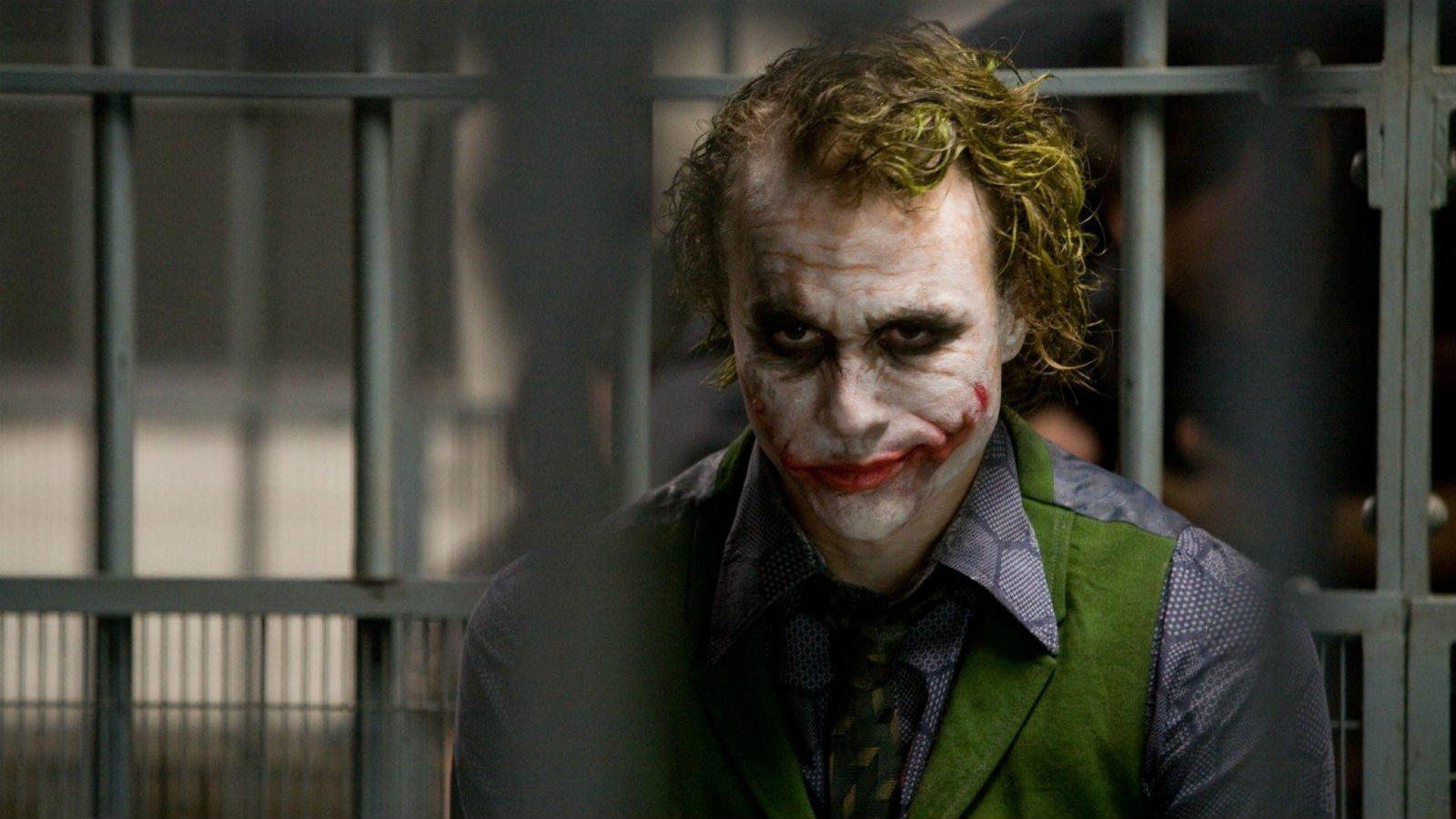
The Ending: Batman (Christian Bale) takes the blame for Harvey Dent’s crimes to protect Gotham’s hope. “A silent guardian, a watchful protector… a dark knight,” Gordon narrates as Batman vanishes into the night.
Why It Works: Nolan’s superhero epic concludes with a lie that demands sacrifice. Batman’s decision to become a villain in the public eye cements his tragic heroism. The final shot—of a lone hero fleeing into darkness—elevates the genre into Shakespearean tragedy.
10. Toy Story 3 (2010)
Director: Lee Unkrich

The Ending: Andy donates his toys to Bonnie, playing with them one last time before driving away to college. “So long, partner,” Woody whispers.
Why It Works: Pixar’s trilogy finale is a tearjerker about letting go. Andy’s farewell to childhood—and the toys’ acceptance of a new purpose—resonates universally. The incinerator scene (a fake-out near-death experience) and the bittersweet goodbye balance peril and poignancy, making it a flawless end to a beloved saga.
